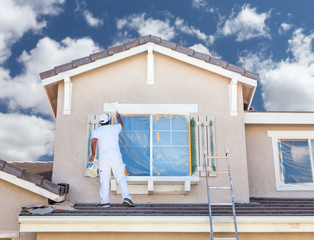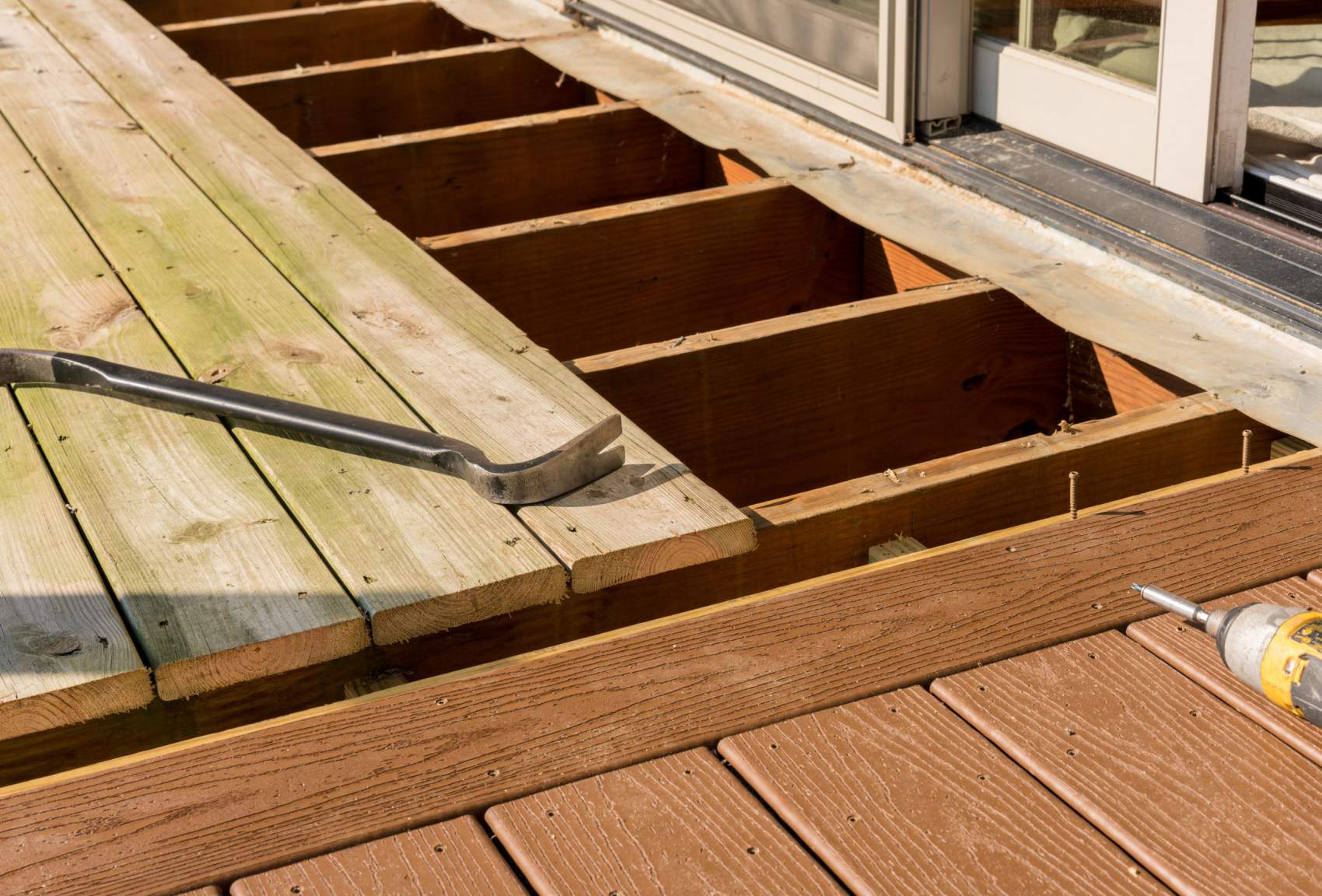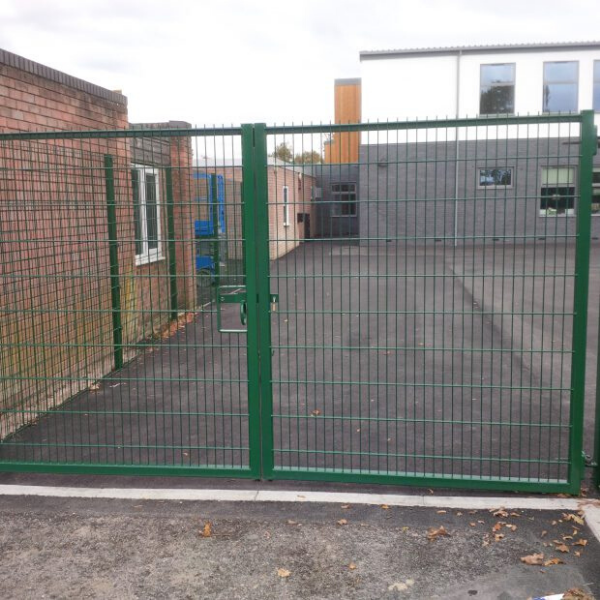When you’re considering Kitchen Remodeling Kansas City there are a lot of things to consider. You want to make sure that you have enough space, and you also want to make sure that you have enough storage space. You should also look into the cost of remodeling your kitchen. In addition, you should consider the design of your kitchen as well.

Major kitchen remodels usually more expensive than minor remodeling projects. Major kitchen remodels reconfiguring layouts, replacing appliances, installing new countertops, and installing custom cabinetry.
Labor costs are also a factor. Depending on the extent of the work, you might need a plumber or licensed electrician. These expenses can be thousands of dollars. Fortunately, the National Kitchen and Bath Association offers advice for budgeting and recouping remodeling costs.
When budgeting for major kitchen remodels, you should determine what elements are most important. You’ll want to avoid adding extras. The cost of ornamentation can add up fast. You can save money on these items by purchasing stock items, such as cabinetry.
You can also save on your kitchen remodel by sticking with your current layout. This will reduce the amount of plumbing and electrical work required.
If you have a large budget, you might be able to remodel your dining room as well. You’ll also be able to add a kitchen island to serve as a seating area.
If you plan to remodel your kitchen with a HELOC, make sure you research the cost of each step. The interest rates may vary, and you will also have to pay closing costs.
To save money, you can choose to buy pre-made, stock cabinets or reface your own. A quality kitchen can hold a buyer’s attention and increase your resale value.
The cost of remodeling a kitchen depends on the size of your kitchen, the materials used, and the work involved. It can range from $100 to $250 per square foot. The most expensive flooring is ceramic tile. On the other hand, vinyl flooring is the least expensive.
In remodeling a kitchen, the first step is choosing the right layout. The floor plan of your kitchen determines the functionality of the space. It will also influence the style of cooking, socializing, and entertaining. There are many kitchen layouts to choose from, but each has its advantages and disadvantages.
If you are planning a remodel or building a new home, you may have several questions about kitchen layouts. It is important to choose a layout that is functional, comfortable and will enhance your life.
There are five main kitchen layouts, each with its advantages and disadvantages. Each is beneficial for certain spaces, however, so you will need to consider the size of the room and how it is oriented before selecting a layout.
One of the most popular kitchen layouts is the L shape. It offers ample counter and dining space and provides flexibility in the placement of appliances and countertops. In addition, the L-shape layout can accommodate two workstations at once. It is particularly useful in small to medium-sized kitchens.
Another common kitchen layout is the horseshoe. This design is similar to the L-shape, but it has an extra wall that adds more storage and workspace. It is a versatile kitchen design that can be used in large or small homes.
The classic kitchen triangle was formed by the range, sink, and refrigerator. Modern kitchens have multiple cook and service zones, but the classic triangle remains. A peninsula counter can block the middle of the triangle and prevent unnecessary traffic in the workspace.
If your remodel includes a kitchen island, you will need to make sure that it has the proper square footage. You will also need to consider the amount of clearance between the island and the center of the triangle.
Choosing countertops for your kitchen is an important decision. You should consider your lifestyle, the style of your home, and the materials that best suit your needs. It’s also important to find countertops that will last. The best ones are durable, resistant to staining, and easy to clean.
Granite, marble, and quartz are the most common countertop materials. They are aesthetically pleasing and are resistant to stains, heat, and bacteria. However, there are other materials that are worth a closer look.
















